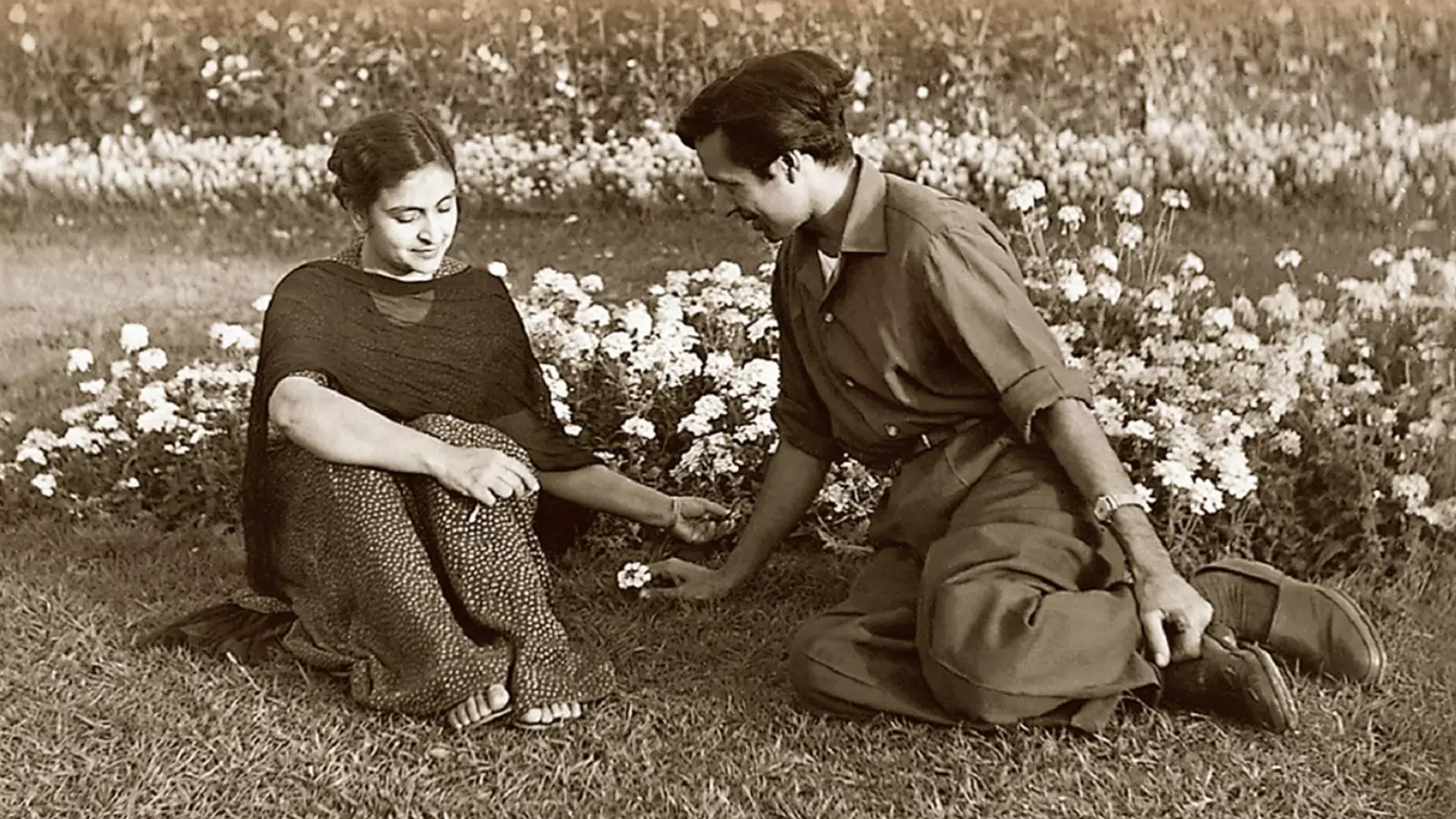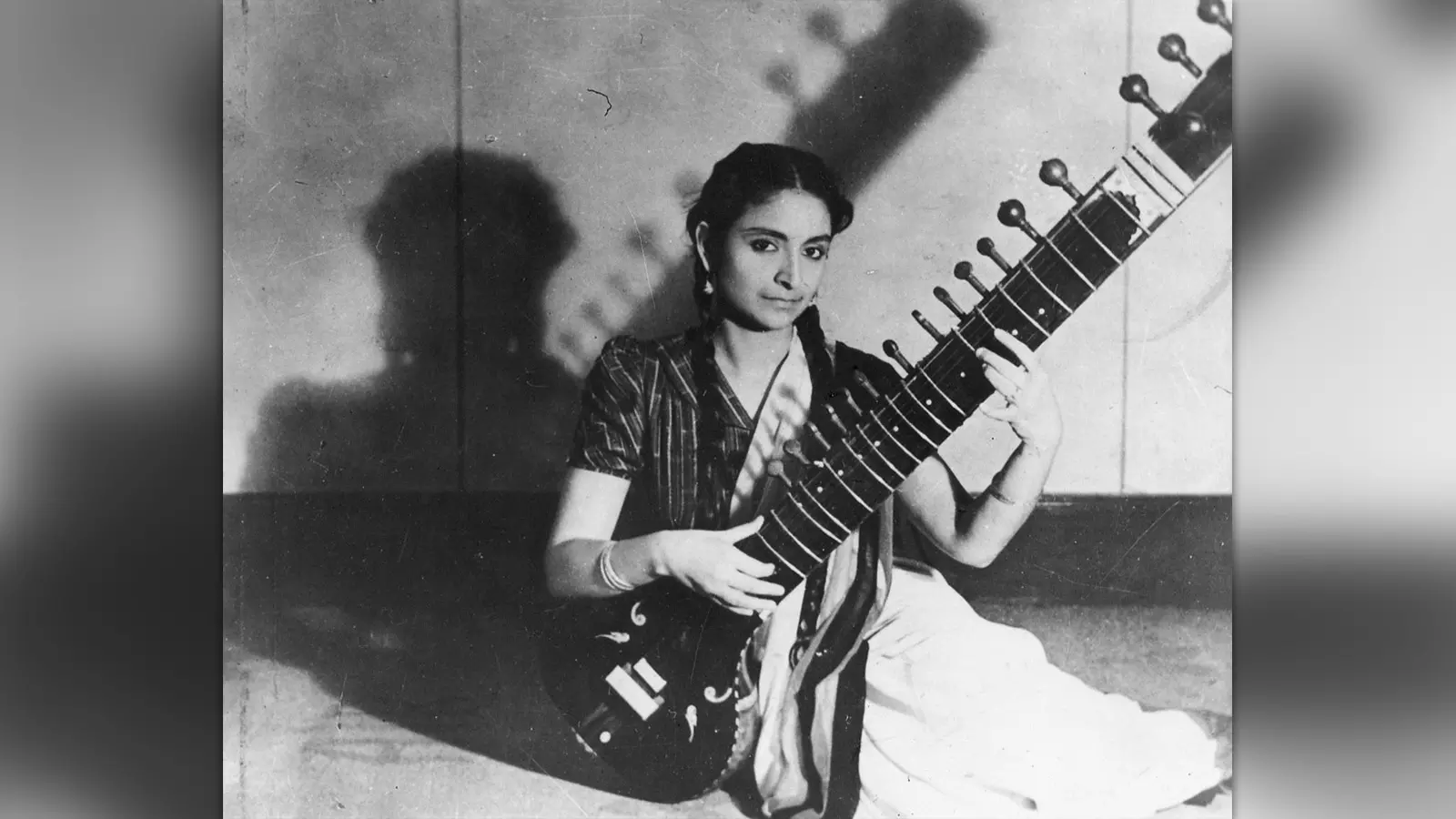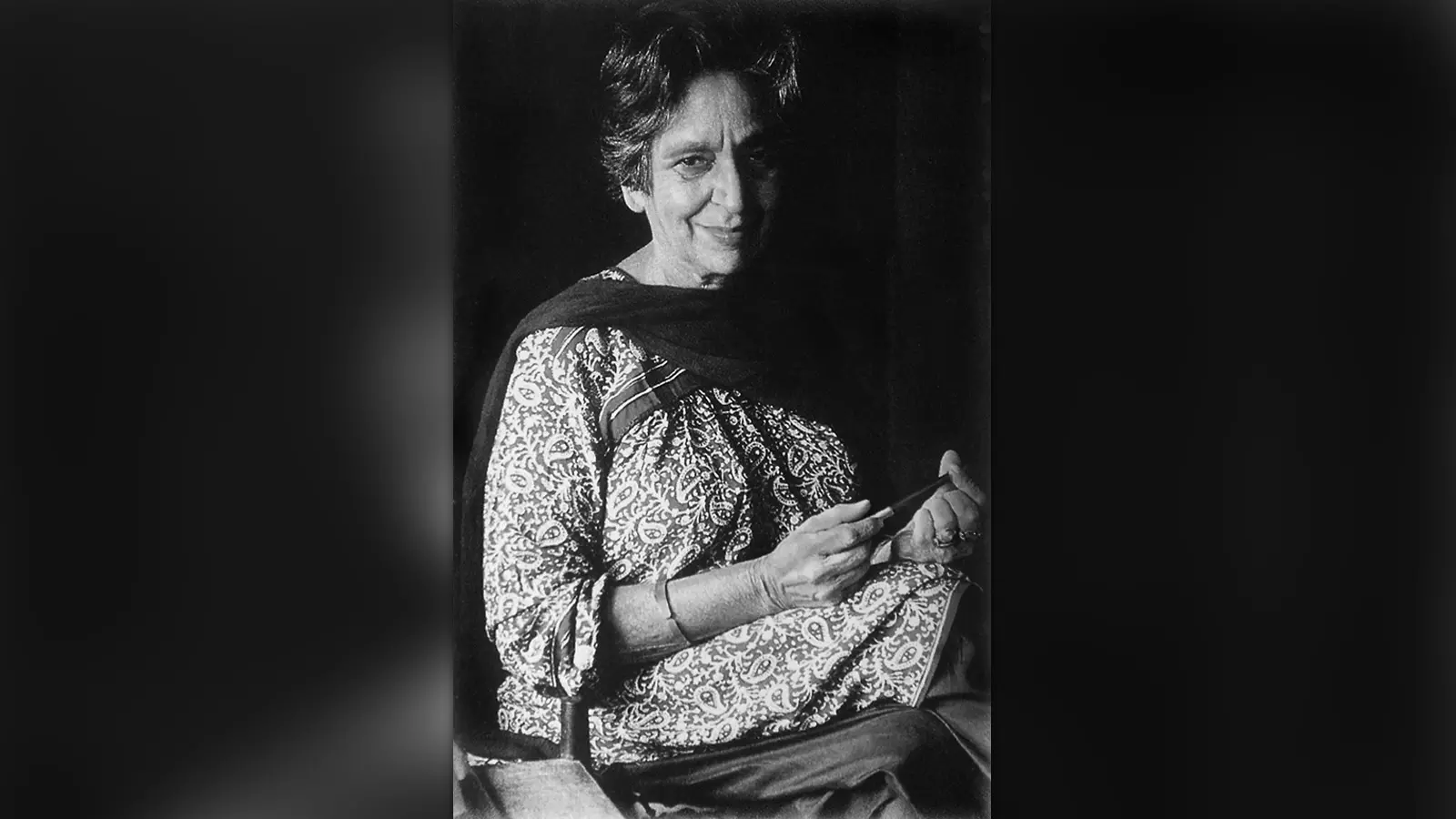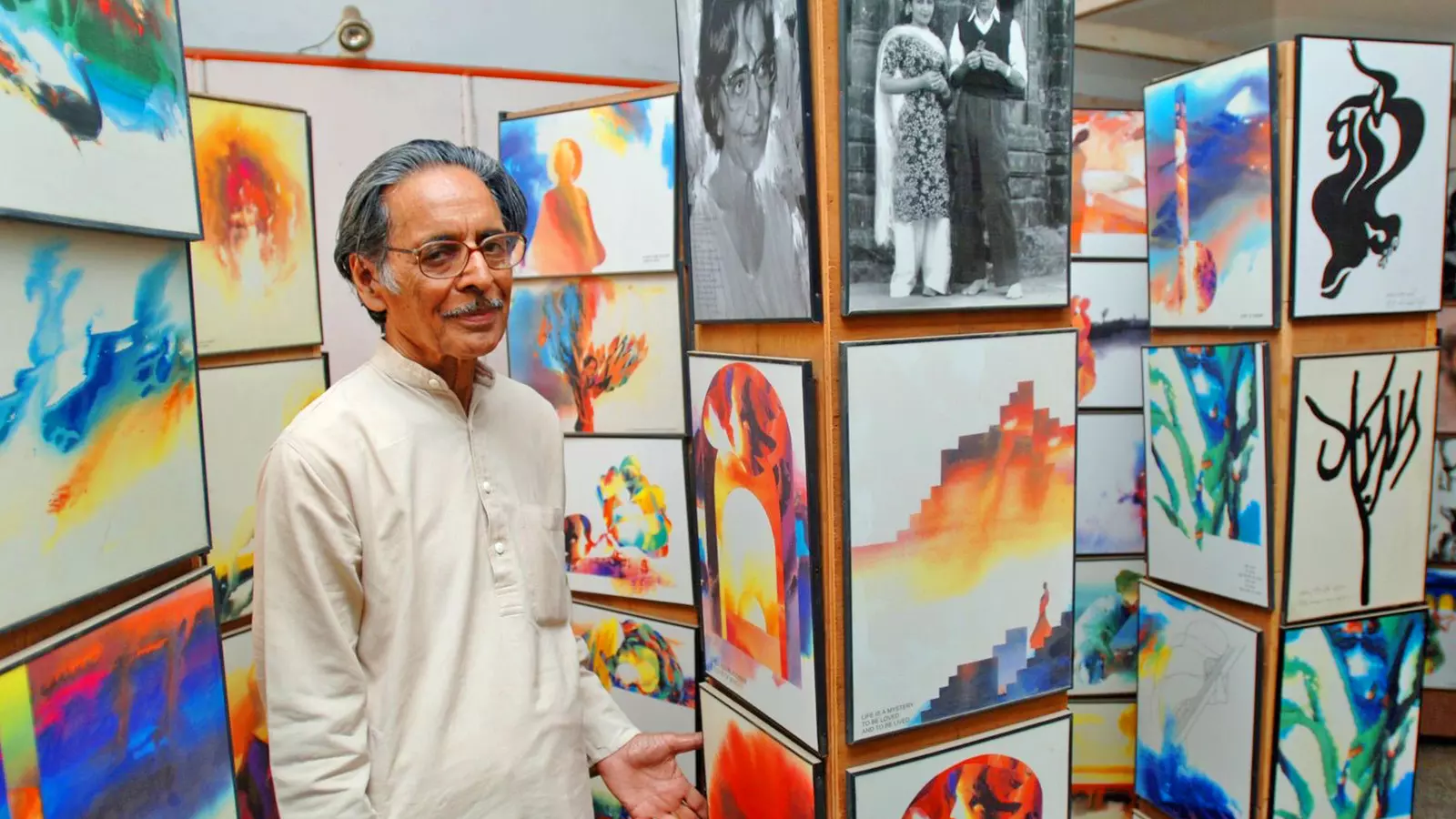
- Home
- India
- World
- Premium
- THE FEDERAL SPECIAL
- Analysis
- States
- Perspective
- Videos
- Sports
- Education
- Entertainment
- Elections
- Features
- Health
- Business
- Series
- In memoriam: Sheikh Mujibur Rahman
- Bishnoi's Men
- NEET TANGLE
- Economy Series
- Earth Day
- Kashmir’s Frozen Turbulence
- India@75
- The legend of Ramjanmabhoomi
- Liberalisation@30
- How to tame a dragon
- Celebrating biodiversity
- Farm Matters
- 50 days of solitude
- Bringing Migrants Home
- Budget 2020
- Jharkhand Votes
- The Federal Investigates
- The Federal Impact
- Vanishing Sand
- Gandhi @ 150
- Andhra Today
- Field report
- Operation Gulmarg
- Pandemic @1 Mn in India
- The Federal Year-End
- The Zero Year
- Science
- Brand studio
- Newsletter
- Elections 2024
- Events
- Home
- IndiaIndia
- World
- Analysis
- StatesStates
- PerspectivePerspective
- VideosVideos
- Sports
- Education
- Entertainment
- ElectionsElections
- Features
- Health
- BusinessBusiness
- Premium
- Loading...
Premium - Events

“Maan sucche ishq da hai, hunar da daava nahi (I trust pure love, I lay no claims to talent),” wrote Amrita Pritam (1919-2005), the fiery Punjabi writer, poetess and provocateur whose birth anniversary was celebrated on August 31, in one of her poems, Kalam da Bhed (The Secret of the Pen). Love, in its myriad manifestations, lay at the core of everything Amrita wrote. If it informed...
“Maan sucche ishq da hai, hunar da daava nahi (I trust pure love, I lay no claims to talent),” wrote Amrita Pritam (1919-2005), the fiery Punjabi writer, poetess and provocateur whose birth anniversary was celebrated on August 31, in one of her poems, Kalam da Bhed (The Secret of the Pen). Love, in its myriad manifestations, lay at the core of everything Amrita wrote. If it informed her writerly pursuits, it also seeped into her personal choices. Fiercely unapologetic, she refused to be either silenced or sidelined all her life, emerging as an ‘unstoppable force of feminist imagination on India’s literary landscape’, as Hina Nandrajog and Prem Kumari Srivastava write in Amrita Pritam: The Writer Provocateur (Routledge), a volume of essays on her work, life and times that they have edited.
An only child, Amrita was born as Amrit Kaur to parents of a religious and ascetic bent of mind, in Gujranwala (now in Pakistan). Unlike scores of daughters in a feudal, patriarchal Punjab of erstwhile undivided India, Amrita did not learn to stitch and sew, occupations which were seen as mandatory for women in their roles as homemakers. She was destined to be akkharan di jaayi (daughter of words), who would stitch words together to create what she poetically called a ‘chaanan di phulkari’ — a tapestry of radiance — a metaphor for ‘a borderless, equal and just world’ that she envisioned through her formidable literary oeuvre, created over a period of seven decades of writing.

The death of her mother, Raj Bibi, a school teacher, when Amrita was 11 not just shattered her faith in God, it also had a profound impact on her personality and her writing.
The death of her mother, Raj Bibi, a school teacher, when Amrita was 11 not just shattered her faith in God, it also had a profound impact on her personality and her writing. Her father, Kartar Singh Hitkari — a poet, a scholar of the Braj language, and the editor of a literary journal — recognised her knack for rhyming and introduced her to the rudiments of devotional verse, which she did to please him. This relationship with her father could have likely driven her lifelong quest to seek validation from him for her writing.
On the other hand, her inner impulses drove her to rebel against the stifling social norms that curtailed her self-expression and personal fulfilment. An incident from her pre-adolescent years merits a mention here. Her paternal aunt, Haako, had chosen to imprison herself in solitude to evade an unwanted marriage. This proved to be a pivotal moment in Amrita’s transformation into a provocative writer. Subverting her father’s traditional training, she daringly addressed her first poem, written at the age of 16, to ‘Rajan’, an unidentifiable friend and a confidant — a formless presence in her consciousness. When her father found the poem, she denied she had written it. Her father slapped her. The episode fuelled her determination to take unequivocal ownership of every word she wrote throughout the subsequent decades of her writing career.

Amrita Pritam wielding her pen.
Amrita published Amrit Lehran, her debut collection of poems, in 1936. Her early work reflected the tumultuous period of pre- and post-partition India, echoing the pain, longing, and sense of loss experienced by millions during that era. Rendered homeless and witness to harrowing communal riots, her writing became a cathartic outlet to process her trauma and disillusionment. In the poem Ajj Aakhaan Waris Shah nu (Today I Invoke Waris Shah) and the novel Pinjar (The Skeleton), she evoked the poignant emotions that this period had imprinted on both sides of the border. In doing so, she lent a voice to the silenced pain of countless women who bore the brunt of this cataclysmic event. In the former, which encapsulates the collective sorrow of a generation, she implores the 18th-century Punjabi poet Waris Shah to witness the horrors of Partition.
Through her unique voice, Amrita not only captured the essence of human emotions but also challenged social norms and conventions, leaving an indelible mark on Indian and Punjabi literature. Although she wrote primarily in Punjabi, a vast part of her corpus is available in Hindi, presumably for wider readership. She enjoyed fame in both languages simultaneously. Noted Dogri writer, Padma Sachdev terms her as “an ornament of Punjabi literature; the sandalwood paste on its forehead, spreading fragrance ... one bank of the river where all five streams of Punjabi literature mingled”.
One of the striking aspects of Amrita's feminism was its holistic nature. She seamlessly blended the personal with the universal, addressing not only the challenges of women but also broader social injustices. Her writings dared to challenge the deeply ingrained patriarchy, the oppressive gender roles, and the limited spaces allotted to women in society. Her characters, more than mere literary constructs, became vehicles through which she conveyed her thoughts on gender equality, autonomy, and the quest for assertion and self-realisation.
Caught in an unhappy marriage with Pritam Singh — son of a leading hosiery merchant of Lahore’s Anarkali bazaar and an editor to whom she was betrothed in her childhood and married at the age of 16 in 1936 — she pined for poet and lyricist Sahir Ludhianvi for most of her life. The stories about them are the stuff of legend. After she got divorced in 1960, Amrita started living with artist Imroz — they shared the same roof at Hauz Khas in New Delhi for four decades without getting married, unthinkable in the times she lived in. This unconventional choice exemplified her belief in living life on her own terms.

Amrita's tumultuous relationship with Imroz found expression in Nerwaan, in which she explored the complexities of love, loss, and companionship.
Amrita’s poetry explores themes ranging from love and feminism to social injustice and humanism. In particular, her collection Kagaz Te Canvas (The Paper and the Canvas) — for which she got the Jnanpith Award in 1981 — showcases her ability to reflect on the broader human condition. Her feminist perspective was ahead of her time, evident in works like Unah Di Kahani (The Story of a Wound) and — again — Pinjar. They confronted the challenges faced by women and the deeply ingrained patriarchy within society. Her tumultuous relationship with Imroz found expression in her poetry collection Nerwaan (The Half-Widow), in which she explored the complexities of love, loss, and companionship.
As a writer, who dominated half a century of Punjabi literature, Amrita’s legacy is a lasting one, which has transcended literature: Pinjar was adapted into a film. Amrita, whose quill was dabbed in love, made her literature a ‘creative expression of provocative iconoclasm.’ She lived her feminism, leaving an indelible imprint on the literary consciousness of women writers after her.

